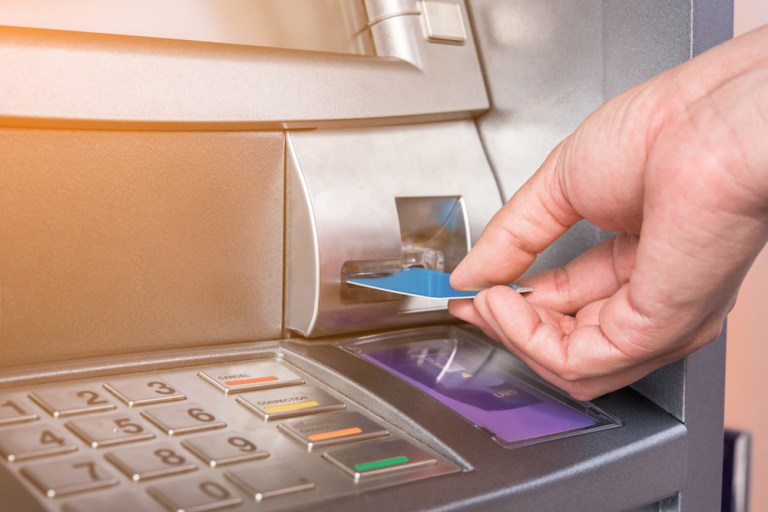
By this October, consumers may be seeing less ATMs available at their local bar or corner store.
Chicago Tribune reported on Tuesday (July 5) that, with the looming deadline for ATM owners in the U.S. to ensure their machines can accept chip-enabled cards, many cash-machine operators may not have the funds to meet the requirement in time.
ATM operators who cannot meet the deadline face liability for certain types of fraud, and in some cases, it may just be easier for them to shut machines down rather than replace or upgrade.
“The machines that used to do barely enough to support, do I want to go spend $3,000 right now for a new machine that’s going to take me three to four years to get my money?” Abe Ayesh, COO of FAM ATM, which manages roughly 8,000 ATMs on the East Coast, told Chicago Tribune.
“It’s not worth it,” Ayesh added.
In general, the costs to upgrade the hardware and software of an ATM for EMV chip card acceptance can run anywhere between $300 and $3,000. According to researcher Aite Group, nearly 410,000 ATMs have already been enhanced to meet the Oct. 1 liability deadline.
For the up to 10 percent of machines known as retail ATMs, which are typically not owned by banks, many are expected to just be thrown out rather than replaced or upgraded to meet the mandate.
“There are many ATMs out there that simply cannot be upgraded,” James Phillips, a VP at retail ATM company Triton Systems, explained to Chicago Tribune. “They end up in landfills. It could have an impact for some cardholders in rural areas where there’s only one to two ATMs that they have access to.”
The upcoming liability shift will take place for any fraud perpetrated on ATMs using MasterCards beginning Oct. 1, 2016. Visa is expected to enact its rule to shift liability away from the consumer and to the ATM owner at some point next year.
FICO recently noted that, in 2015, the total number of ATMs being hit by hacks rose as much as 546 percent year over year.
The latest data displays the highest level of ATM compromises ever recorded by the FICO Card Alert Service, which monitors several hundred thousand ATMs across the country. The activity was highest at ATMs featured in nonbank locations, most notably in convenience stores; ATM compromises in those locations were up tenfold in 2015 over 2014. All in all, nonbank activity accounted for 60 percent of all compromises that were logged by FICO, up from 39 percent in the previous year.